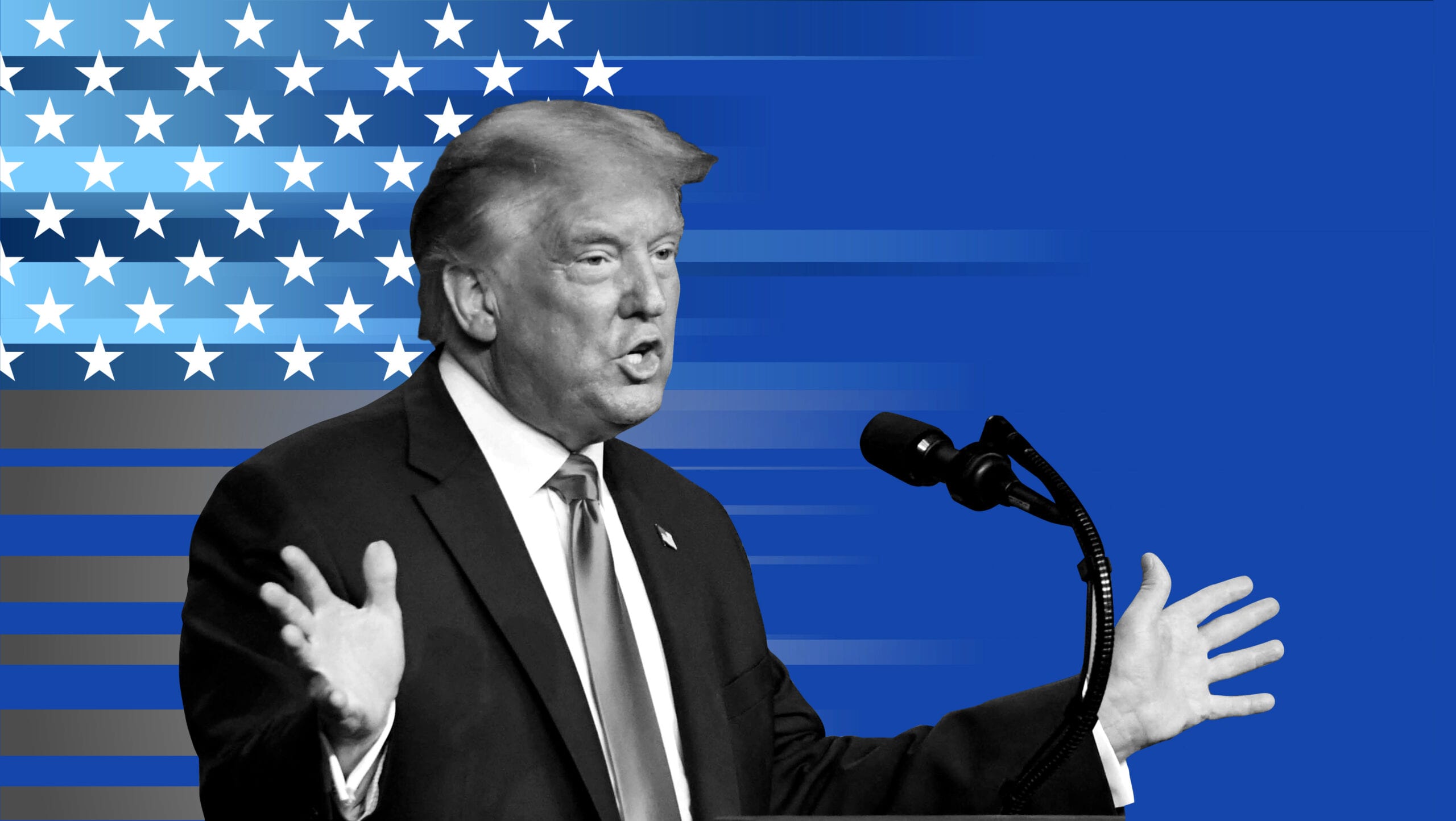“The American Dream is dead.” Those were the words then-Republican candidate Donald Trump uttered during his declaration speech in June 2015. Never in our lives had we heard such a dark and tragic tale of America from a presidential candidate. Back then, it was laughed off by the media; now, nearly four years into the nightmarish Trump administration, we are in the midst of the hellscape he spoke of—one of his own making.
Borders around the world have closed to us. More than 180,000 Americans have died due to COVID-19, and close to 6 million Americans have been infected; our economy is in a tailspin, with 30 million unemployed; Black people are used as target practice by police. All the while, Trump has referred to our cities as “rat-infested” slums, insulted our leaders and denigrated communities of colour, people with disabilities, the LGBTQ2 community, Muslims and other marginalized communities.
And so, devoid of an actual platform for his second term, the U.S. and the world is in for more of the same if Trump is re-elected.
This year’s Republican National Convention was filled with more speakers who shared the same last name than anything else. Apart from them, we heard from Republican party-picked speakers who propped up more of Trump’s hate: There were the McCloskeys, the white married couple who brandished weapons on their front lawn in St. Louis, threatening anti-racism protesters marching to the Governor’s mansion. Despite being charged with a Class E felony, they sat in their living rooms telling Americans that Democrats want to “get rid of the suburbs and single-family homes” (a not-so-subtle dog whistle that the suburbs are a “whites-only” space). Then there was former U.S. ambassador Nikki Haley, who told us in one breath that America wasn’t a racist country—the same day that Jacob Blake, the Black man shot in the back seven times by police and who is now paralyzed, was undergoing surgery. And then there was the parade of Black faces who told Americans just how good Trump was for Black America—the same man who took out a full-page advertisement in the New York Times calling for the lynching of five Black children in the 1980s; who denied Black rental applicants in his buildings; who called for the birth certificate of the first Black president.
“This hellscape can be altered. We do not have to accept things as they are or as Republicans want them to be”
The differences between the two Americas presented over the last several days couldn’t be starker.
Former vice-president Joe Biden’s image of the future of the U.S., by contrast, was filled with hope, noting that our best days are still to come. The Democratic National Convention (DNC) was a picture of diverse, hard-working Americans who believed that they can be the change they want to see in the world.
Democrats told the country that hope in fact still exists—but, in order to achieve it, we must fight. No euphemisms were used to paint a better picture of Trump and his supporters. In his DNC speech on August 20, former president Barack Obama spoke to the urgency of the moment, reminding us of the legacy of civil rights leader John Lewis and what he fought for until his last breath. Former first lady Michelle Obama reminded us what was at stake for our children: What kind of world did we want them to grow up in? Vice-presidential nominee Kamala Harris introduced herself to the country, telling her American tale of hope, love, education, progress and hard work. This, it seems, is the Democratic American dream.
But the reality is that Americans have a critical choice to make in less than 70 days—a choice between who we believe ourselves to be and who Trump wants us to be. Trump’s administration wants us to throw up our hands in defeat; they want to sow hopelessness and despair so we believe nothing can be done to resolve our current downward trajectory.
But Trump is wrong. This hellscape can be altered. We do not have to accept things as they are or as Republicans want them to be. In November, we will make a clear decision: America or Trump.
If you’re interested in U.S. politics, why not subscribe to our newsletter Rainbow Votes 2020 today? Get the sharpest interviews and the most insightful analysis of LGBTQ2 issues in the upcoming presidential election delivered right to your inbox. Enter your email address below:

You can unsubscribe at any time by clicking the link in the footer of our newsletters. Our emails may contain promotional messages, please see our Privacy Policy.


 Why you can trust Xtra
Why you can trust Xtra


